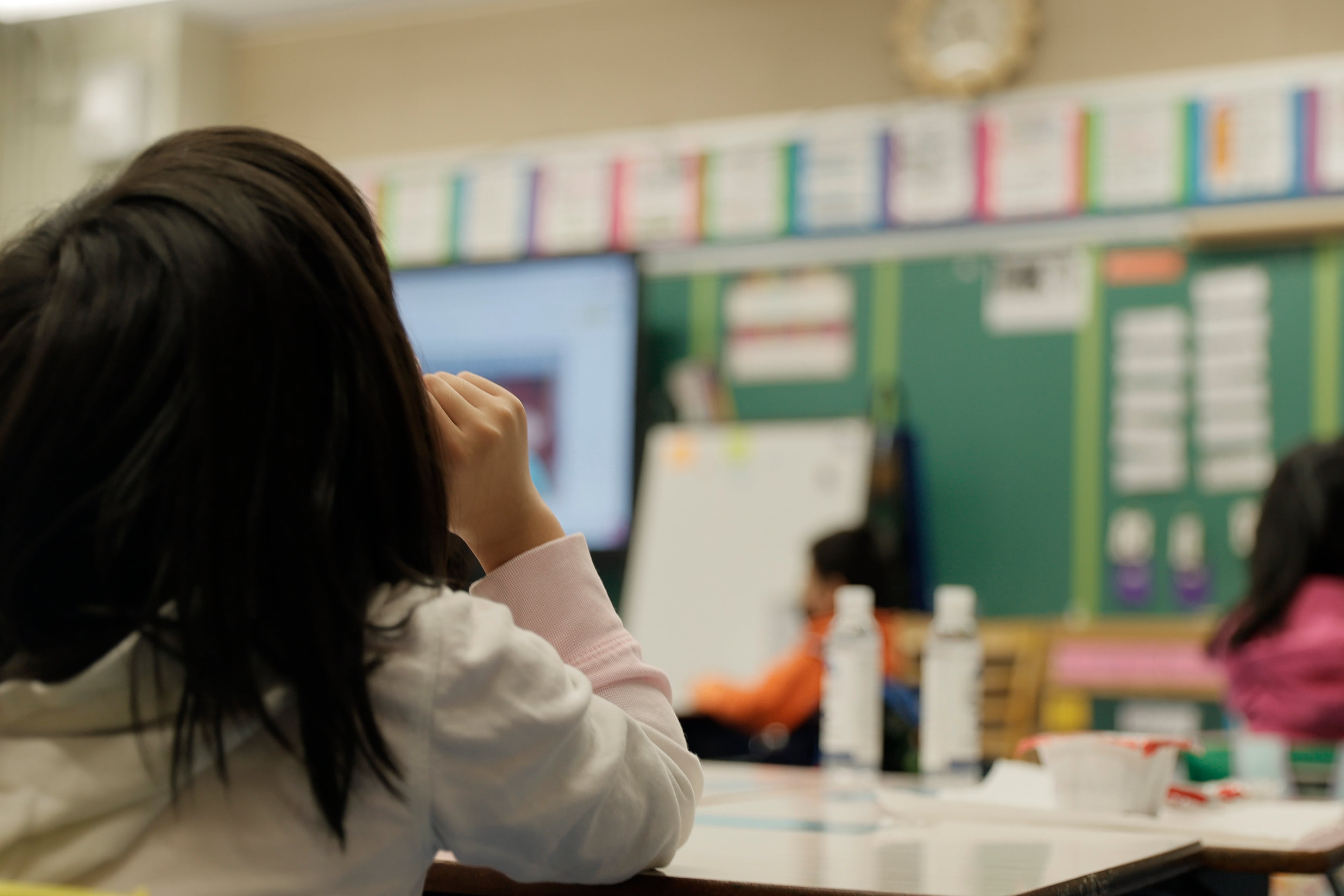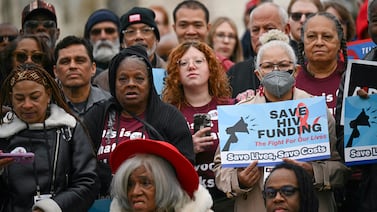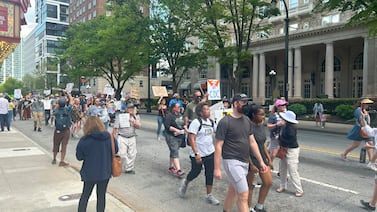Sign up for Your Local Epidemiologist New York and get Dr. Marisa Donnelly’s community public health forecast in your inbox a day early.
New data on childhood vaccinations shows many states are sweating because coverage continues to decline after taking a big hit during the pandemic.

However, New Yorkers have a different story: We continue to be one of the state leaders in vaccine coverage. It’s something to celebrate, but importantly, we can’t let our guard down.
New York has very high vaccination rates.
Recent data on kindergartners during the 2023-24 school year show that New York’s MMR (Measles, Mumps, and Rubella) vaccine coverage is 97.7%, making it the third-highest state in vaccine coverage.
Importantly, 97% is above the threshold needed to reach herd immunity for measles (95% must be vaccinated to prevent outbreaks). Measles is one of the most contagious viruses, so we need a very high vaccination rate to prevent outbreaks.
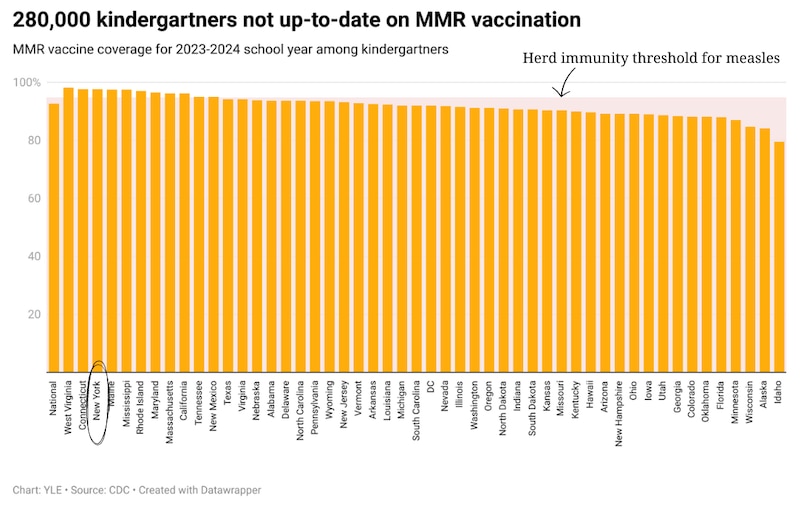
Why does New York have high rates?
One big reason is the elimination of non-medical vaccine exemptions. There was a major measles outbreak in New York City in 2019: 605 cases in a community with low vaccination coverage (79.5%), leading to 20 kiddos going to the intensive-care unit. Outbreaks like these not only harm the health of individuals and communities but are very expensive — it’s estimated that the 2019 outbreak cost the city $8.4 million.
Shortly after, New York passed a law that made us the fifth U.S. state to address increasing pediatric undervaccination by eliminating non-medical exemptions (like for religious reasons). This directly increased vaccination coverage in public and private schools.
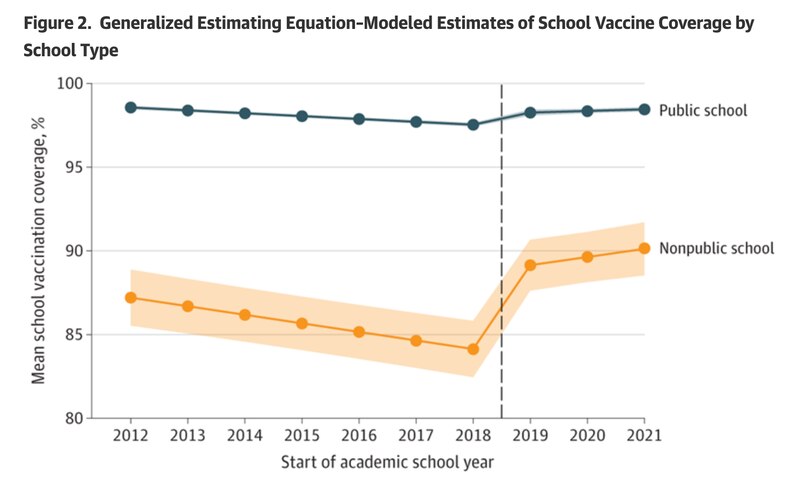
All states, including New York, still allow medical exemptions, such as when someone is allergic to a vaccine component.
Does this mean we are in the clear?
Not really. While the state average is high, there are still counties with very low rates. These unvaccinated pockets — like Rockland, Yates, and Orange — have vaccination rates between 54% and 58%. All these counties need is a spark — an infected person traveling — to spread measles like wildfire.
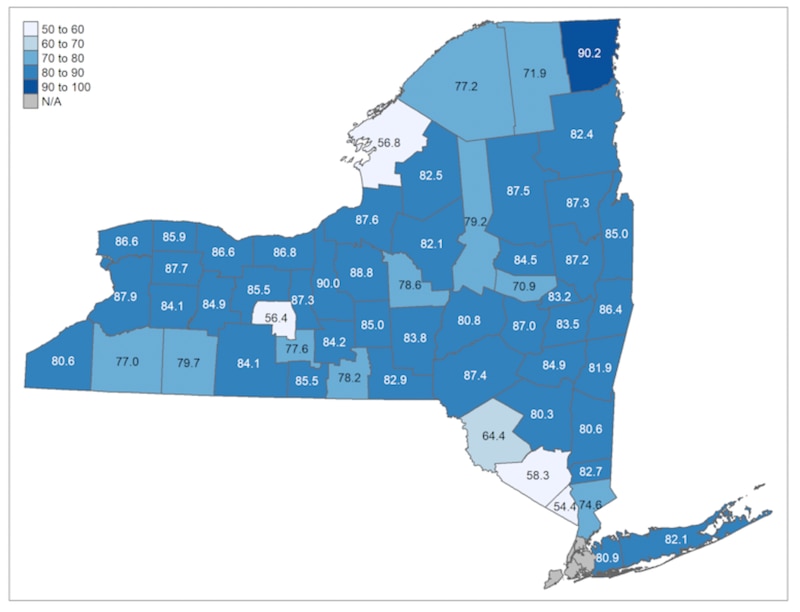
And there are sparks out there. This year there have been 13 measles cases in New York City and at least one in New York outside the city.
Polio and whooping cough are out there, too.
In 2022, a young, unvaccinated man was paralyzed by polio in Rockland County, an area with historically low vaccination rates. Wastewater monitoring showed polio was circulating in other New York counties as well. (This isn’t a surprise because, for every one case of paralysis from polio, about 100 people are infected.) Any detection of polio in the United States is considered a public health emergency.
We are also seeing an exponential rise in whooping cough — called pertussis — that can be prevented with a Tdap or DTaP vaccine.
- New York City: Cases in 2024 are up 169% compared to 2023, with 427 cases reported so far.
- New York state: Cases are up over 300% in 2024.
Ensure your kids, grandkids, neighbors, and friends are vaccinated.
Childhood vaccinations are safer than getting the disease itself. Over the past 30 years, childhood vaccinations prevented 508 million cases of illness, 32 million hospitalizations, and 1,129,000 deaths.
In New York, children must have the following vaccinations to enroll in New York schools:
All students (child care and prekindergarten through 12th grade):
- Diphtheria and tetanus toxoid-containing vaccine and pertussis vaccine (DTaP or Tdap)
- Hepatitis B vaccine
- Measles, Mumps and Rubella vaccine (MMR)
- Polio vaccine
- Varicella (chickenpox) vaccine
Children under 5 in child care or pre-K:
- Haemophilus influenzae Type B conjugate vaccine (HiB)
- Pneumococcal Conjugate Vaccine (PCV)
Middle school and high school:
- Tdap vaccine for Grades 6-12
- Meningococcal conjugate vaccine (MenACWY) for Grades 7-12
- Students in Grade 12 need an additional booster dose of MenACWY on or after their 16th birthday.
How can I persuade hesitant people?
It takes listening, time, and hearing the right things from a trusted source. Research shows health care providers are among the most influential factors in whether parents vaccinate their children.
- Local health departments in New York state provide annual training to clinicians about evidence-based strategies to increase vaccination among populations with low or lagging rates, considering vaccine hesitancy.
- Training can also be targeted to areas of the state identified as hotspots for vaccine hesitancy.
Talk to your local health department for their next training date.
Bottom line
New York has some of the highest vaccination rates in the country. And we should be proud of that. But we can’t let our guard down, as pockets of under-vaccination still pose a serious risk for outbreaks.
Love,
Your Local Epidemiologist
Dr. Marisa Donnelly, a senior epidemiologist with wastewater monitoring company Biobot Analytics, has worked in applied public health for over a decade, specializing in infectious diseases and emerging public health threats. She holds a PhD in epidemiology and has led multiple outbreak investigations, including at the California Department of Public Health and as an Epidemic Intelligence Service Officer at the Centers for Disease Control and Prevention. Marisa has conducted research in Peru, focusing on dengue and Zika viruses and the mosquitoes that spread them. She is Healthbeat’s contributing epidemiologist for New York in partnership with Your Local Epidemiologist, a Healthbeat supporter. She lives in New York City. Marisa can be reached at mdonnelly@healthbeat.org.

